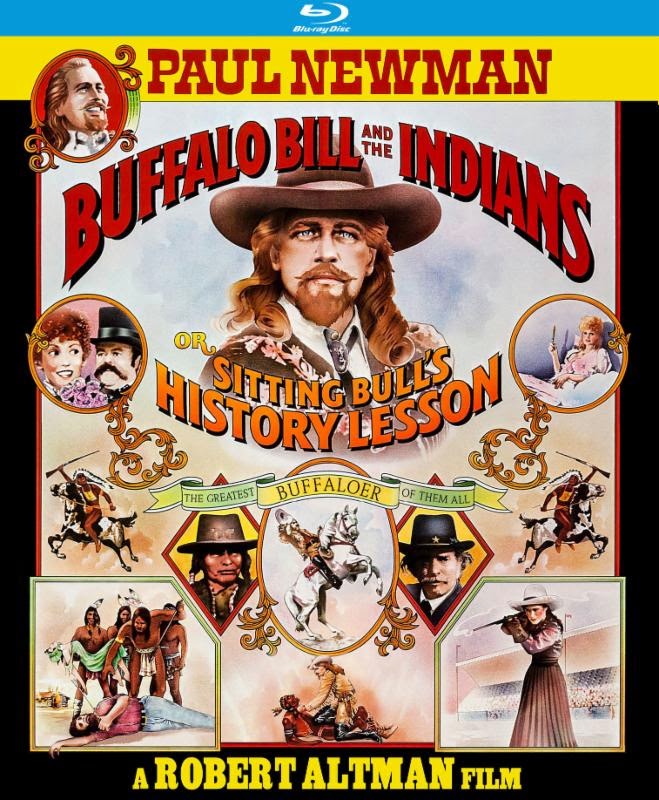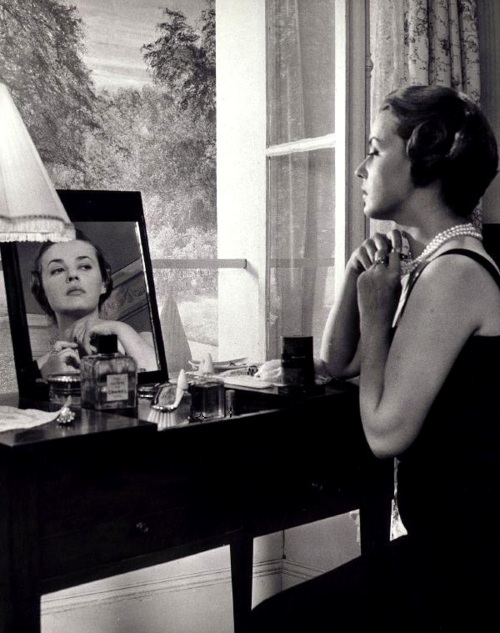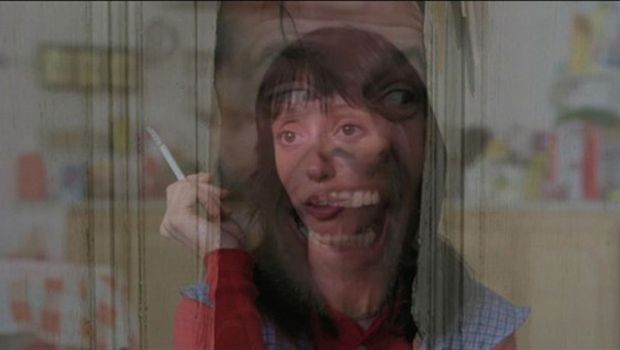Robert Altman’s foray into film in the 70s left him with a body of work densely packed with revered quality which enshrined him as one of the great American directors. M*A*S*H, Nashville, McCabe & Mrs. Miller, The Long Goodbye and 3 Women would have been enough to designate him a worthy auteur who spoke a certain mystical anti-Hollywood Hollywood language with beams of nostalgia resonating from current cinephiles who wonder “How did they get away with that?”. It wasn’t by fitting in with contemporaries such as Scorsese or Hellman or emulating the previous nouvelle vague that made Altman a mainstay in cinematic history — much of that is due to his unabashed critique of genre understanding, his unique editing, and perhaps unexpectedly, his understanding of his subjects in a matter rivaled only by the likes of Stanley Kubrick. One of such successes lies in a work that receives a relatively diminished praise even from Altman’s most ardent followers: Thieves Like Us. It is the second adaptation of the novel of the same name by Edward Anderson — the first being Nicholas Ray’s They Live by Night — and yet the first to shoot its real subject, Depression-era Mississippi, on location. For full disclosure, I have lived in Mississippi my entire life and am intimately familiar with many of the locations visited and mentioned in Altman’s film, allowing me a (albeit rather weak) privileged lens on his use and message about his location, style, and, through the combination of the two, substance.
Read More about ‘Thieves Like Us’ shows Robert Altman’s relationship with the American South





